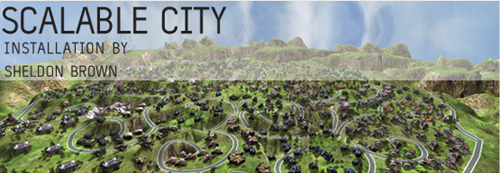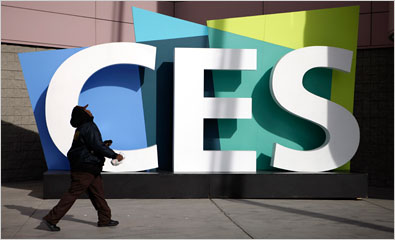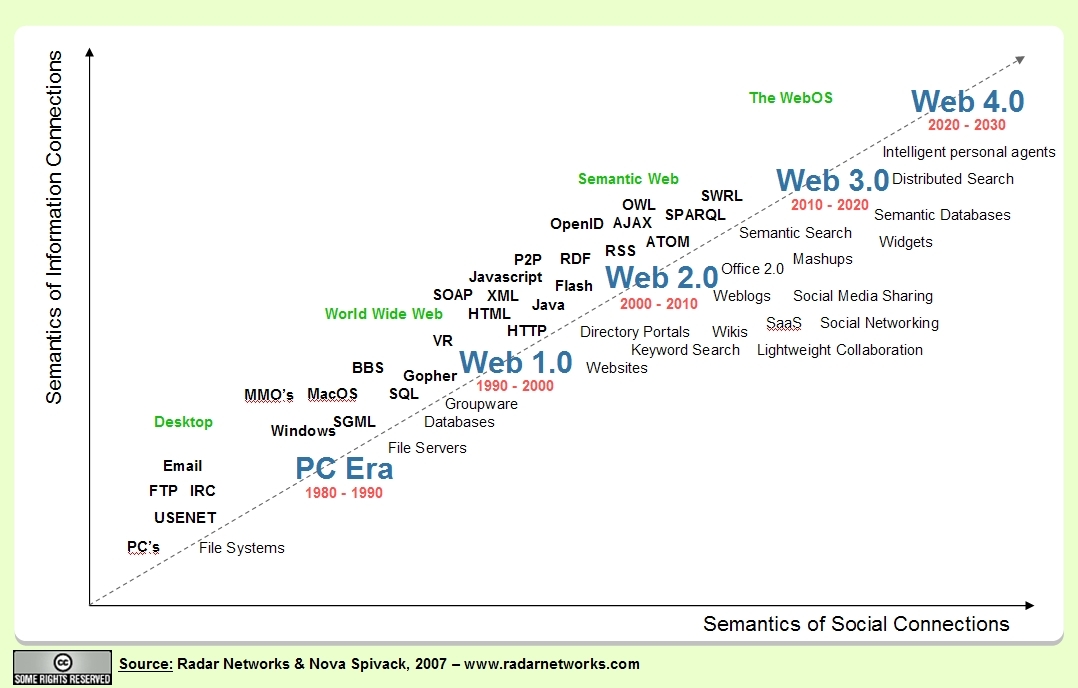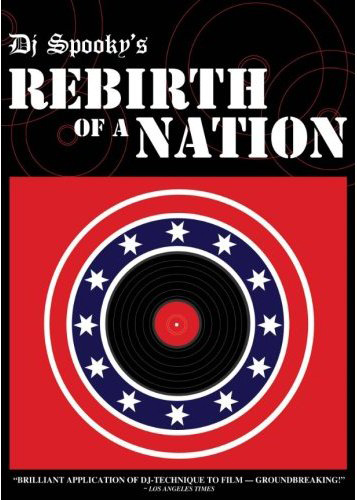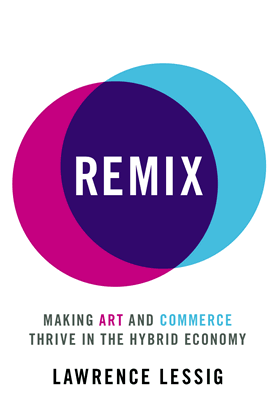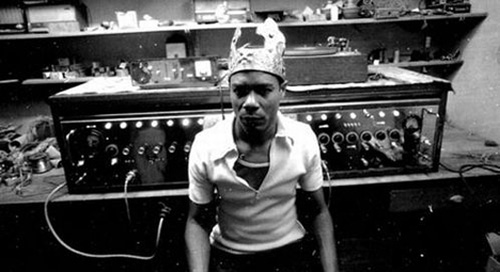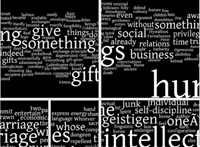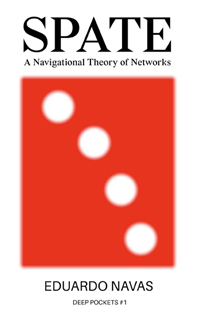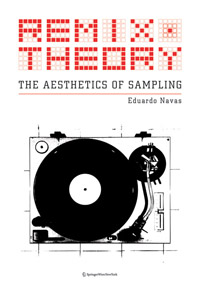Remix: The Bond of Repetition and Representation, by Eduardo Navas

Image source: Eightronica
The following text was published in December 2008 in Inter/activos II by Espacio Fundacion Telefonica, Buenos Aires. The publication was produced in support of a new media workshop and theory seminar by the same name which took place in 2006, organized by curator and writer Rodrigo Alonzo. The text revisits my definition of Remix that has already been introduced in prior writings, such as Turbulence: Remixes and Bonus Beats. This definition can also be found in the section Remix Defined. “The Bond of Repetition and Representation” links the theory of Noise by Jacques Attali to my overall argument that Remix has its roots in DJ Culture starting in the seventies. In the conclusion it revisits and extends my analysis of Yann Le Guenec’s project Le Catalogue.
Some things have changed since I first wrote this essay in 2006. I did not expect the print publication to take as long as it did, but now that it has finally been published, as opposed to updating the text, I have chosen to release it online as it was originally written. While some cultural trends may be quite different from 2006, the argument proposed is still relevant. This analysis is part of a much larger and extensive project and will be eventually released in its remixed form in the future.
The term remix, today, is used to describe various cultural elements, from mash-up software applications[1] to projective architecture.[2] No matter what form it takes, the remix is always allegorical, meaning that the object of contemplation depends on recognition of a pre-existing cultural code.[3] The audience is always expected to see within the object a trace of history.
To entertain the importance of Remix in culture at large, we must come to terms with it according to its historical development. This will enable us to understand the dialectics at play within Remix, which at the beginning of the twenty-first century is the ideological foundation for remix culture. As it will become clear in this essay, in order for remix culture to come about, certain dynamics had to be in place, and these were first explored in music, around the contention of representation and repetition. This essay will focus on defining remix in relation to these two terms, and then move on to examine its role in media and art.

